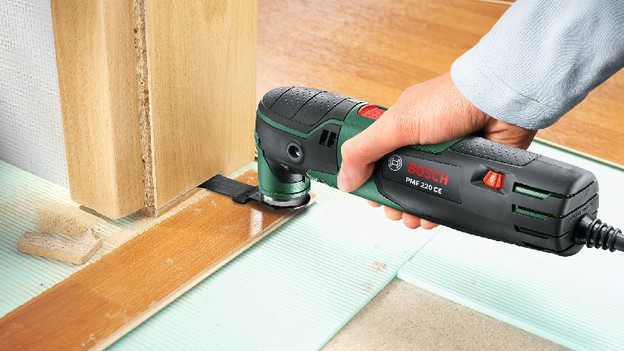
Written by Nathalie
Edited on
2 July 2024
·
07:47
How do you choose a multi-tool?
Are you looking for a multi-tool, but don't know which one you need? There are 2 types of multi-tools: rotating and oscillating. Which one suits you depends on the job you want to perform. In this article, we'll explain the difference between rotating and oscillating multi-tools. We'll also tell you which kind of jobs you can perform with which product.

Choose multi-tool
With an oscillating or rotating multi-tool, you can perform many different jobs. You can switch between attachments to create many different possibilities. Think of polishing, engraving, grinding, and sanding. Whether you need a rotating or oscillating multi-tool depends on your job. Ask yourself the following:
- What job do you want to perform?
What job do you want to do?

Rotating multi-tool: detailed work
You mostly use a rotating multi-tool for detailed work. You can polish jewelry, engrave motifs, grind metal parts, or sand small pieces of wood. The attachments are a lot smaller than those of an oscillating multi-tool, so you can easily work on small surfaces. It's for a reason that hobbyists or model builders like to use this type of multi-tool for their work.

Oscillating multi-tool: more coarse work
For jobs that require more power, an oscillating multi-tool is a good choice. Think of sanding down stairs, scraping away glue or sealant rests, cutting through pipes, and sawing pieces of laminate. With a large collection of accessories, there are few jobs that you can't do with this type of multi-tool. The big advantage compared to a sander or drill is that a multi-tool is smaller. This way, you can also work in tight spaces and small corners.
Article by Nathalie
Multi-tool Expert.
